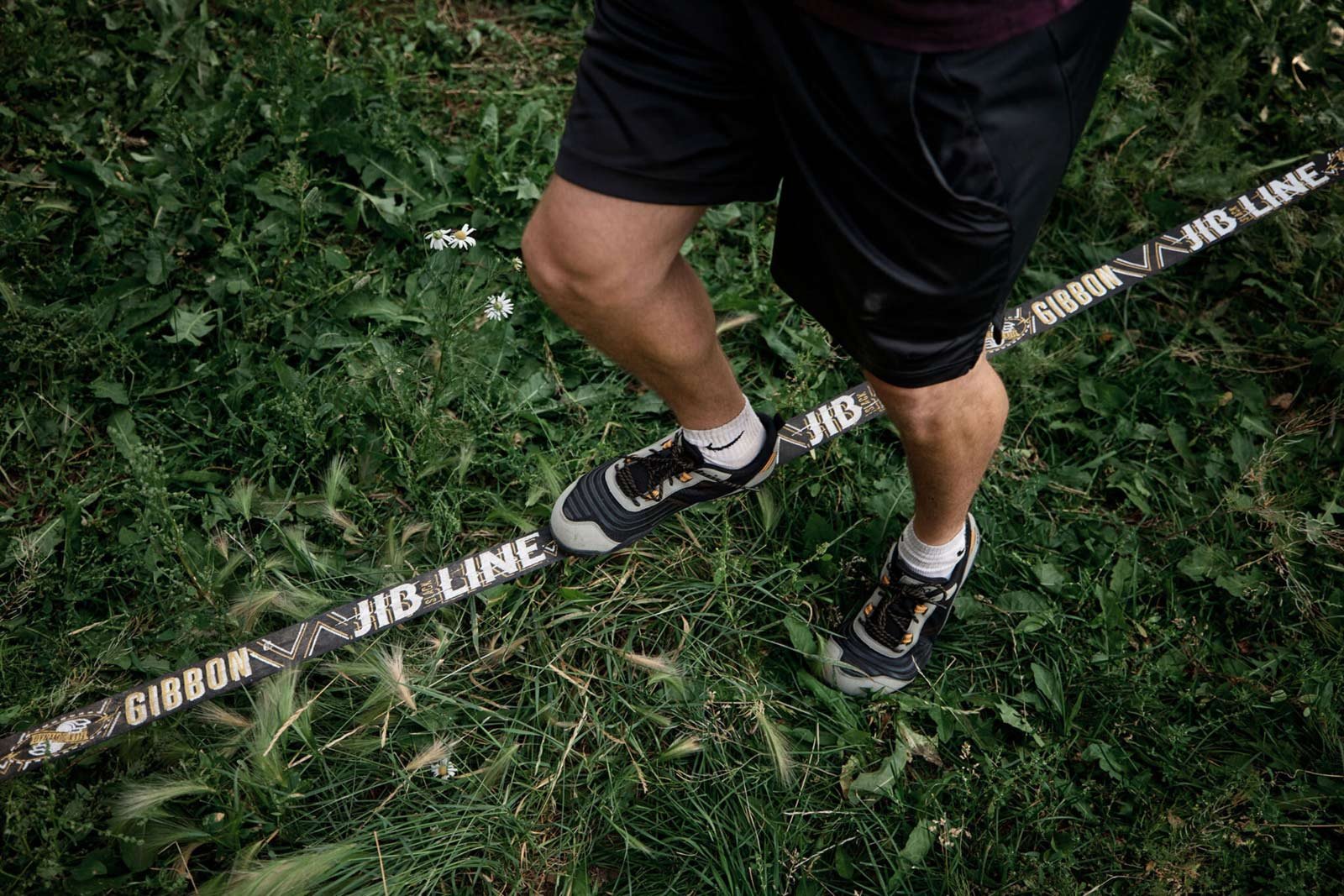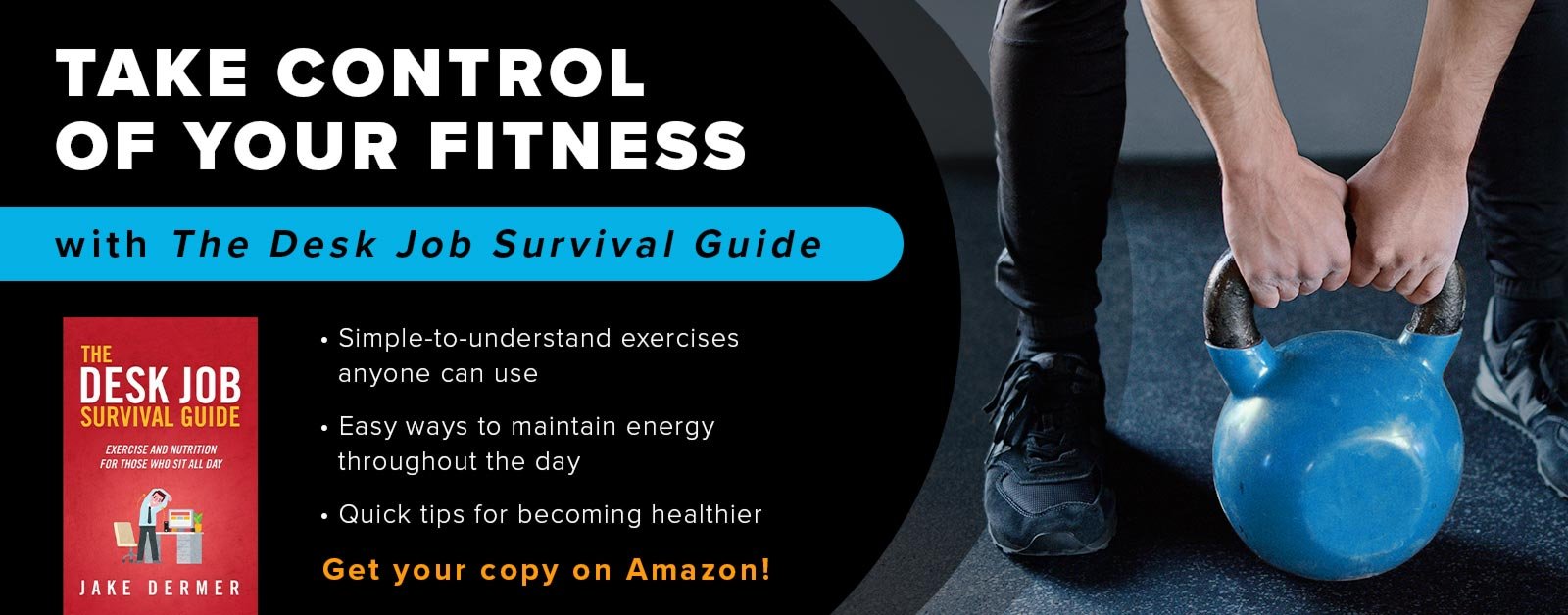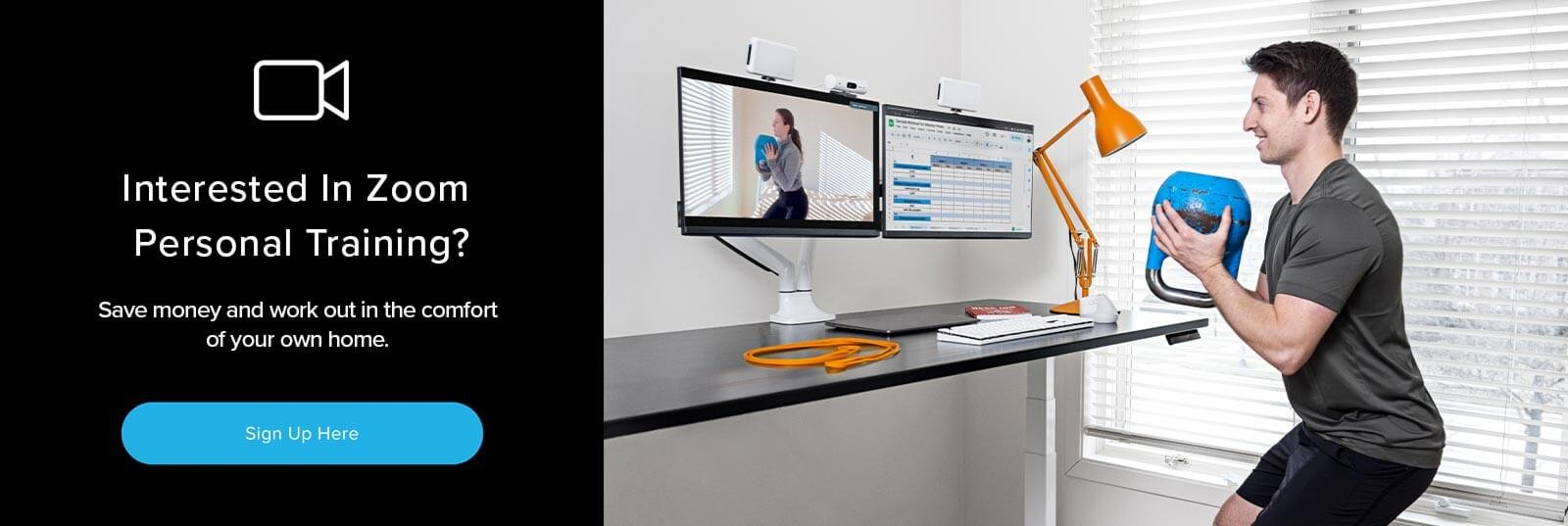Why Is Slacklining Good For You?
Like many people, the first time I ever saw a slackline was in college, walking through the quad. Back in 2011, slacklining was around but wasn’t nearly as big as it is today. Nevertheless, my feet took me directly to the students playing with it, and I asked to try. The friendly folks gave me some quick advice and told me to go for it.
I failed miserably.
Slacklining is freaking hard. I mean, you are balancing on two inches of unstable nylon webbing. I don’t know why I thought I’d be able to do it on my first attempt.
After attempting a few more times and not being able to stand on the line at all, I decided I’d had enough embarrassment for the day and went back to my dorm and bought a slackline online.
Winter break was coming up, and I had nothing to do for a month but dog sit for my Aunt and Uncle. So I set up the slackline in their backyard, and though it took me around 200 hundred tries, I walked across it.
The next day I was so sore, my legs and obliques were wrecked. My legs from repeatedly jumping up onto the line, and my obliques from desperately trying to adjust my body to maintain balance. Although since that first successful crossing, I was hooked. I started learning to do a few tricks, nothing crazy, just jump turns and lunges. I even bought a better slackline, which I’ll touch on more later in this article.
First, we need to focus on the question at hand:
Why is slacklining good for you? What are the benefits?
Slacklining has a host of benefits both physically and mentally.
Let’s start with the physical benefits of slacklining:
Improved Balance
The slackline is, first and foremost, a balance training device. Training your balance can help with everything from not falling to sport-specific training.
Lower Body Workout
Unsurprisingly, the slackline is a lower body workout. Since you are attempting to walk across an unstable line, your legs have to work quite hard to keep you steady.
Core Workout
Another part of your body that works hard to help you maintain your balance is your core. One of the primary means of staying balanced while on the line is making small shifts in the position of your upper body. And your core muscles are responsible for making those shifts happen.
Injury Rehab
This one is a little bit of a mixed bag. Balancing on a slackline has been shown to help in knee and ankle rehabilitation. But falling off a slackline is terrible for both your knees and ankles. So unless you have a very low line, do not use this tool for injury rehabilitation.
Burns Calories
Slacklining is not as calorically beneficial as running or swimming, but it is certainly a workout. Walking across the precarious line is challenging. Unfortunately, there isn’t a lot of data as to exactly how many calories it burns. But simply walking for an hour can burn around 400 calories, and standing at your desk on a balance board can burn about 100. So while slacklining is essentially a combination of those two activities, I would say it is fair to estimate that slacklining burns 400 calories in an hour on the line.
The mental benefits of slacklining:
Focus and Concentration
Slacklining is challenging. Balancing in such difficult circumstances means being able to concentrate intensely on the activity at hand. If you let your mind wander or glance over at a noise someone made, you can quickly lose your balance. Focus is a skill that we take for granted but is crucial to accomplishing our goals in our daily life and on the slackline.
Active Meditation
Slacklining is a form of active meditation like yoga. It is an activity that benefits from focusing on your breath and finding your flow state. Slacklining is an excellent way for those of us who don’t want to sit quietly and breathe to reap some of the numerous benefits of meditation.
Why do climbers slackline?
Rock climbers slackline for several reasons. Although I’d say the number one reason is that it is fun.
In addition, slacklining is the perfect rest day activity for climbing. Climbing is a total body workout, but people need rest days because their upper body, fingers, and forearms have had enough of the stresses of climbing. Slacklining is an activity that doesn’t put any stress on your upper body unless you consider holding your arms out to balance stress.
Climbing is a sport that has a considerable balance component, as well as involving intense concentration. A slackline is simply the best way to train balance, core stability, and concentration while giving your arms a break.
If you are a climber, slacklining can help you train to send your project!
Have I convinced you to slackline yet?
If so, you may be wondering which slackline to purchase or where to get one.
Which slackline to buy?
First, we have to address the most polarizing issue in the slackline community:
One-inch vs. two-inch slacklines
There are two main types of slackline, one-inch, and two-inch lines. This is referring to the width of webbing you are going to walk across. In reality, slacklining on a one-inch line and a two-inch line aren’t that different. The same skills and principles apply to both. From my experience, whichever line people learned on seems to be their preference, but there are some general differences to be aware of.
Why get a two-inch slackline?
The two-inch line feels more approachable for beginners. In addition, it is less intimidating, allowing you to fit much more of your foot on the line. Many people claim that the two-inch is easier, but I think that is mostly in their heads.
Two-inch lines generally feel tighter than their one-inch counterparts, but the real reason to go with the two-inch line is tricks. If you are going to progress beyond walking forwards and backward, a two-inch line is better for tricks. This is because you have more room on the line to move around and a little more room for error.
Why get a one-inch slackline?
One-inch lines feel looser and bouncer than two-inch lines. No matter how tight you crank that ratchet, the one-inch line always feels a little looser than two-inch lines.
In addition, if you have any dreams of highlining, the one-inch is the line for you. The majority of highlines are set up with one-inch webbing.
Who should I buy a slackline from?
Gibbon is far and away the largest provider of slacklines. They have all shapes and sizes. They have lines with different stretch, different bounce, and different materials.
I learned on a standard Gibbon line, and I don’t regret that initial purchase. The standard lines are great for learning. However, after a month or two with the standard line, I wanted an upgrade.
I went for the Gibbon jib line and have stuck with it ever since. The jib line has more bounce and is quite honestly more fun. The two-inch jib line is what I recommend to anyone looking to buy their first line. You can make it as easy as a standard line by simply setting it up shorter or make it harder (and more fun) by setting it up to its full length.
What footwear is best for slacklining?
1. No Shoes
If the ground is soft and you have no risk of hurting your feet when you fall to the ground, barefoot is best for walking the slackline. However, if your goal is to do jumps or if you are on rough terrain, you will need some shoes.
2. Minimalist shoes
Minimalist shoes are the closest thing you can come to barefoot while still having some protection. I use Xero Shoes and am a big fan of their 360 model, but any closed-toe model would work just fine.
3. Skate shoes
Minimalist shoes aren’t for everyone, and to be honest, they aren’t as fashionable as Vans or other skate shoes. Skate shoes are flat and firm, which is ideal for balancing. If you are going to wear a traditional shoe while on the line, make it a skate shoe.
TIPS FOR BEGINNER SLACKLINERS
Before you go off and buy or try your first slackline. Here are my top four tips for beginners.
Look at where the line meets the tree
Keep your big toes on the line
Keep your core tight (gentle squeeze your glutes and abs)
Breathe through your nose
Slacklining is not something you can pick up in a few minutes. It takes a lot of practice to feel confident walking on a slackline, but anybody can do it. Slacklining is more a matter of persistence than skill. With a bit of determination, you can easily walk the line.
If you enjoyed this article, you might also like:







